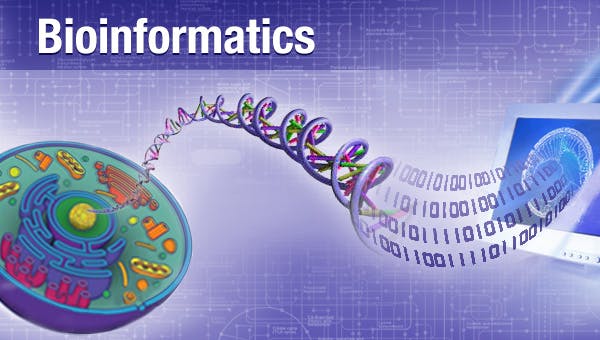Bioinformatics Has Become Crucial For Biomedical Research, As It Can Help Scientists To Develop And Analyze Novel Algorithms And Systems
Bioinformatics is a growing field in biomedical research that utilizes computer science to understand the biological structure of various molecules and their compositions. It can also help researchers develop and analyze new algorithms and systems to model various biologic systems. Among other things, bioinformatics has been instrumental in the Human Genome Project, where scientists have recorded three billion chemical base pairs. As a result, the field of bioinformatics is expanding rapidly.
Data used in bioinformatics include DNA sequences of genes and amino acid sequences of proteins. It can also involve the three-dimensional structures of proteins, nucleic acids, and protein-nucleic acid complexes. Other "-omics" data streams include transcriptomics, protein-protein interactions, and metabolomics. These data are used for a wide range of applications. For example, bioinformatics can help scientists find out the function of a gene, establish evolutionary relationships, and predict the shape of a protein's three-dimensional structure.
A bioinformatics program can help to develop the technical skills and critical thinking necessary for a successful career in this field. Along with the computer and biology skills, a bioinformatics program can help to learn how to handle real-world data sets and create better treatments. This is especially useful for scientists who are interested in the prevention and treatment of certain diseases. For example, a recent study by the National Cancer Institute discussed the use of bioinformatics in cancer treatment. Besides helping to defeat the SARS-CoV-2 virus, bioinformatics is also advancing the battle against climate change. In the United States, the US Food and Drug Administration sponsored a conference at the National Institutes of Health Bethesda Campus to discuss reproducibility in bioinformatics. The event was organized by a consortium of stakeholders representing governmental, academic, and industry entities. The organizers selected session leaders from FDA, NIH, and non-profit organizations. The symposium was attended by about 200 people.
While bioinformatics has been around for decades, it's only recently begun to make a major comeback in the world of science. The field of bioinformatics is made up of two major parts, each related to a different area of science. While the former is focused on basic research, the latter involves analyzing and storing genomic data. The latter part is more involved in the application of algorithms. It has made genomic research possible by combining information technologies with enormous amounts of molecular biology information. This knowledge is then translated into the language of computers. Using computational techniques, bioinformatics scientists can analyze data from large amounts of data. For instance, the process of mapping DNA sequences involves aligning DNA and protein sequences, while 3-D models of protein structures can be created. In a bioinformatics job, the person has to apply mathematical and computing techniques to create a large amount of data.
Bioinformatics is crucial for bioinformatics research. Databases cover various types of data, from empirical data to predictions. Some databases are specific to one organism, while others are universal. Some bioinformatics databases include information from several different databases. These databases vary in format, access mechanisms, and whether they are open to the public. Fortunately, bioinformatics is essential for the advancement of medical science and technology.

Comments
Post a Comment